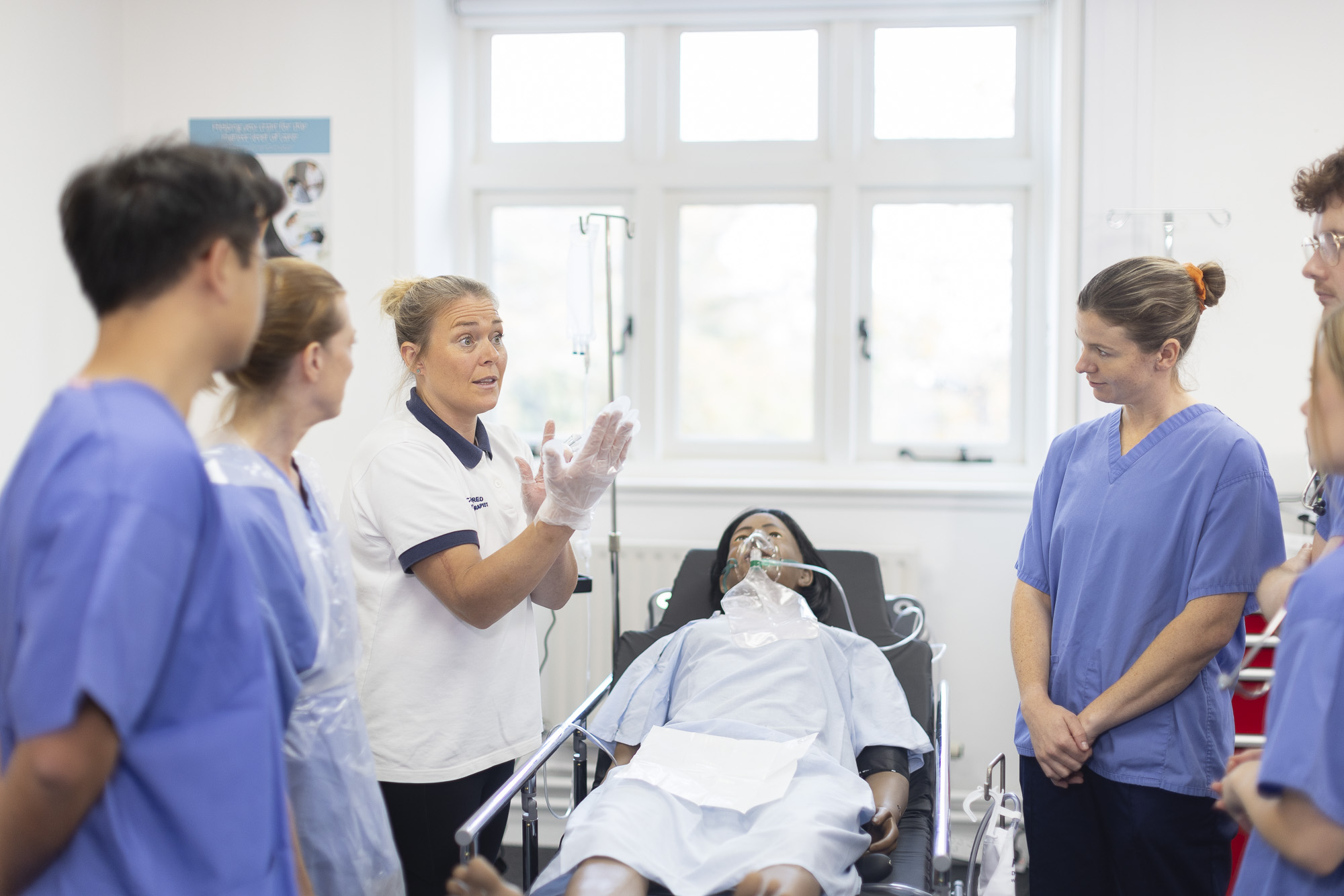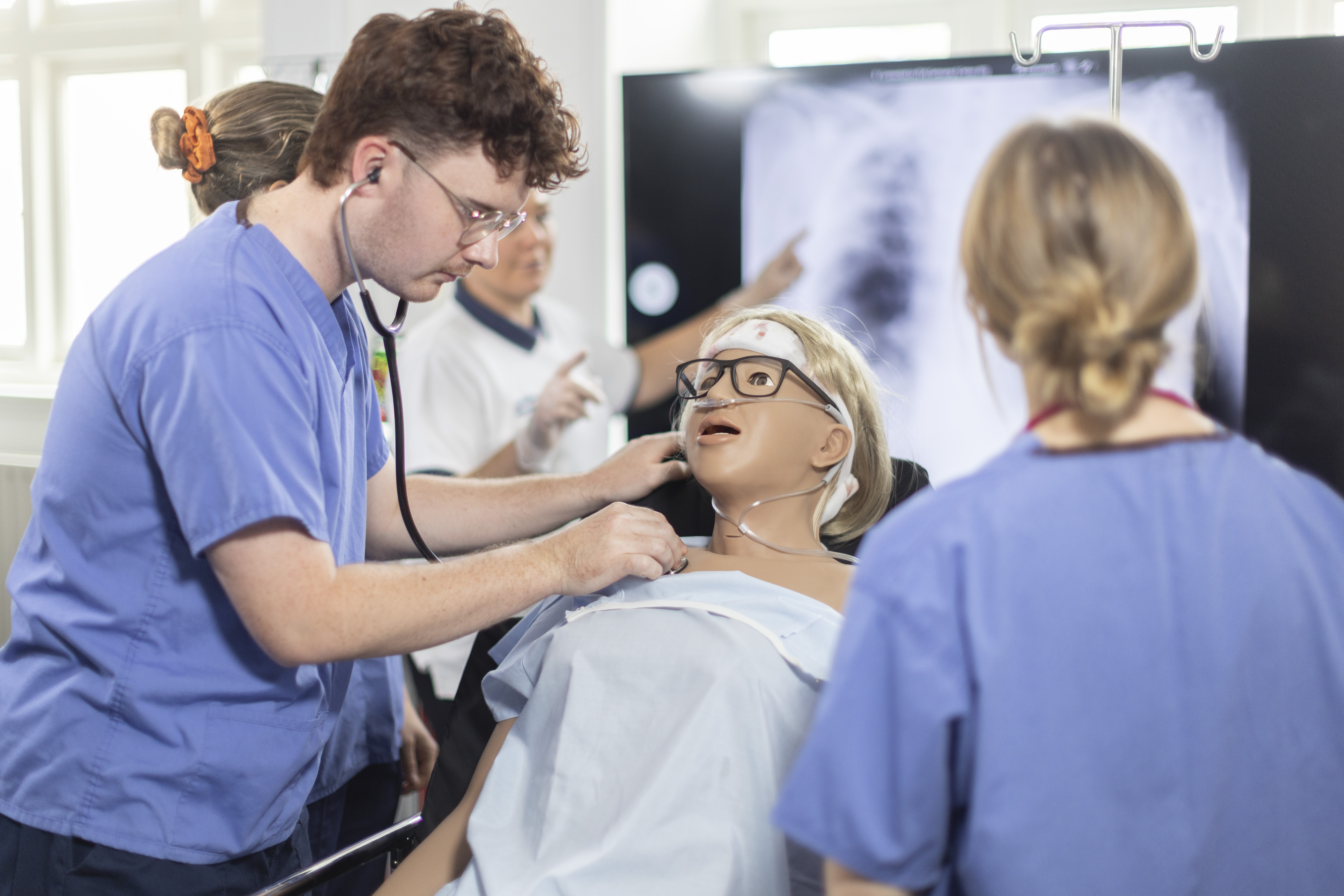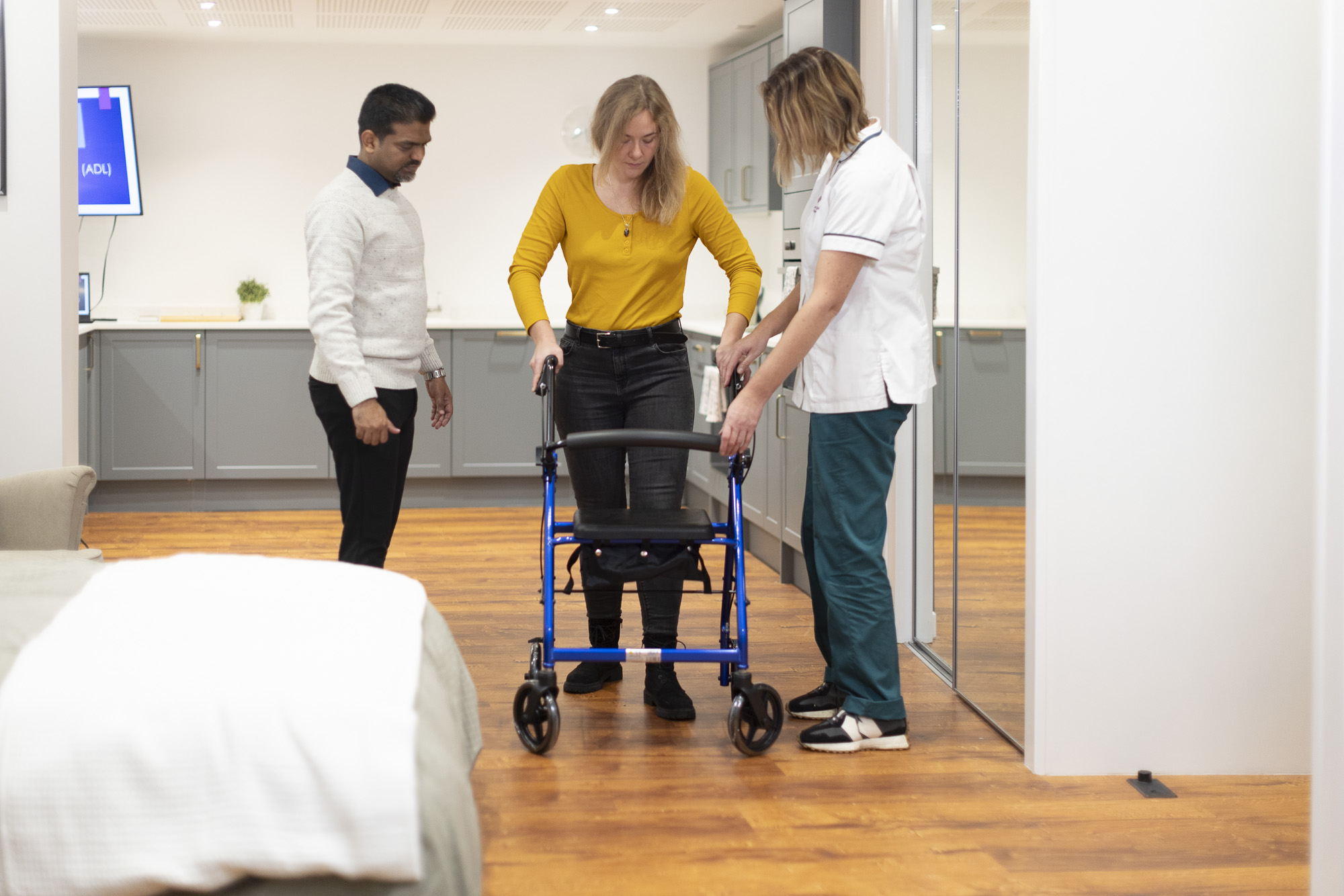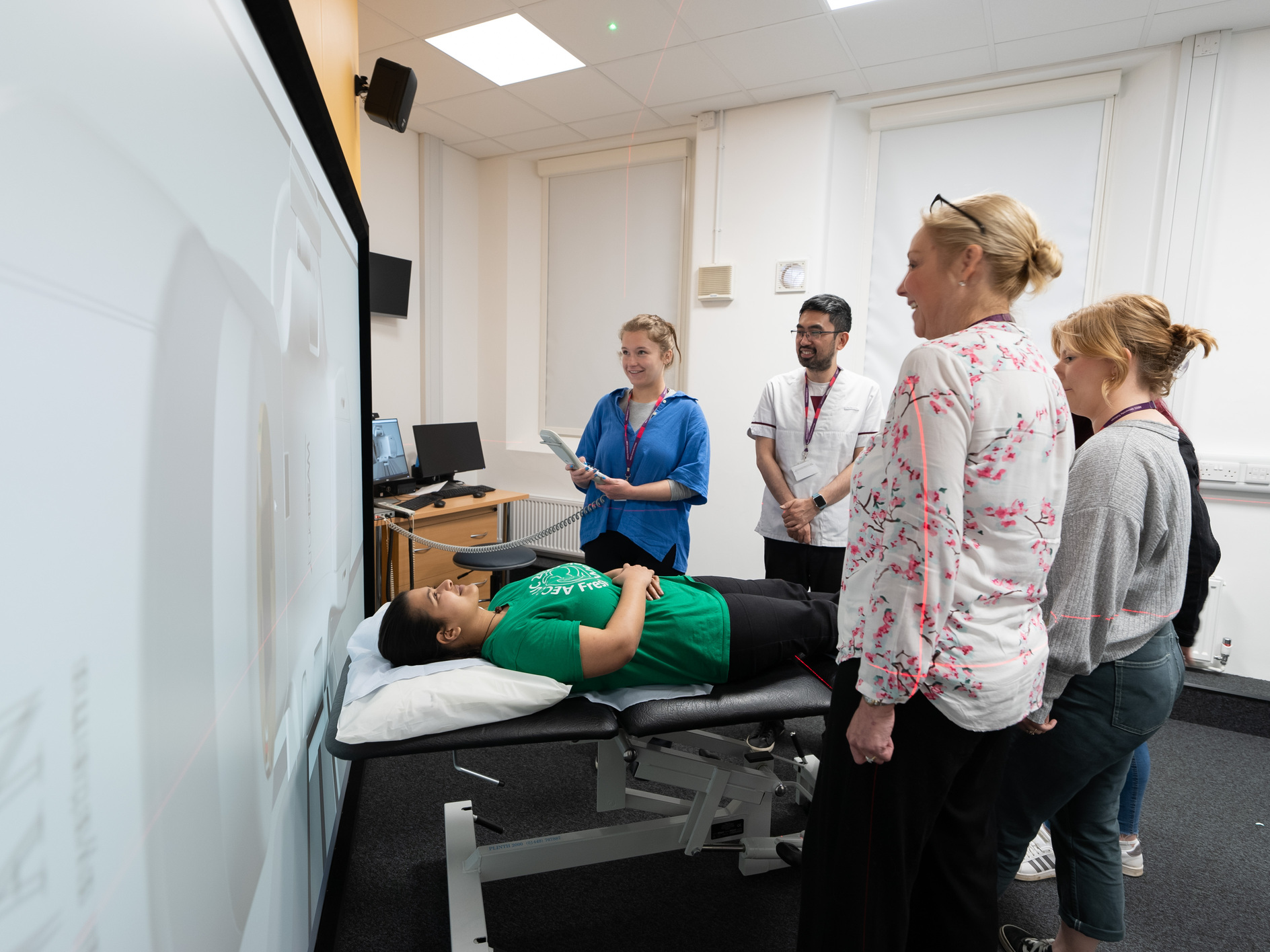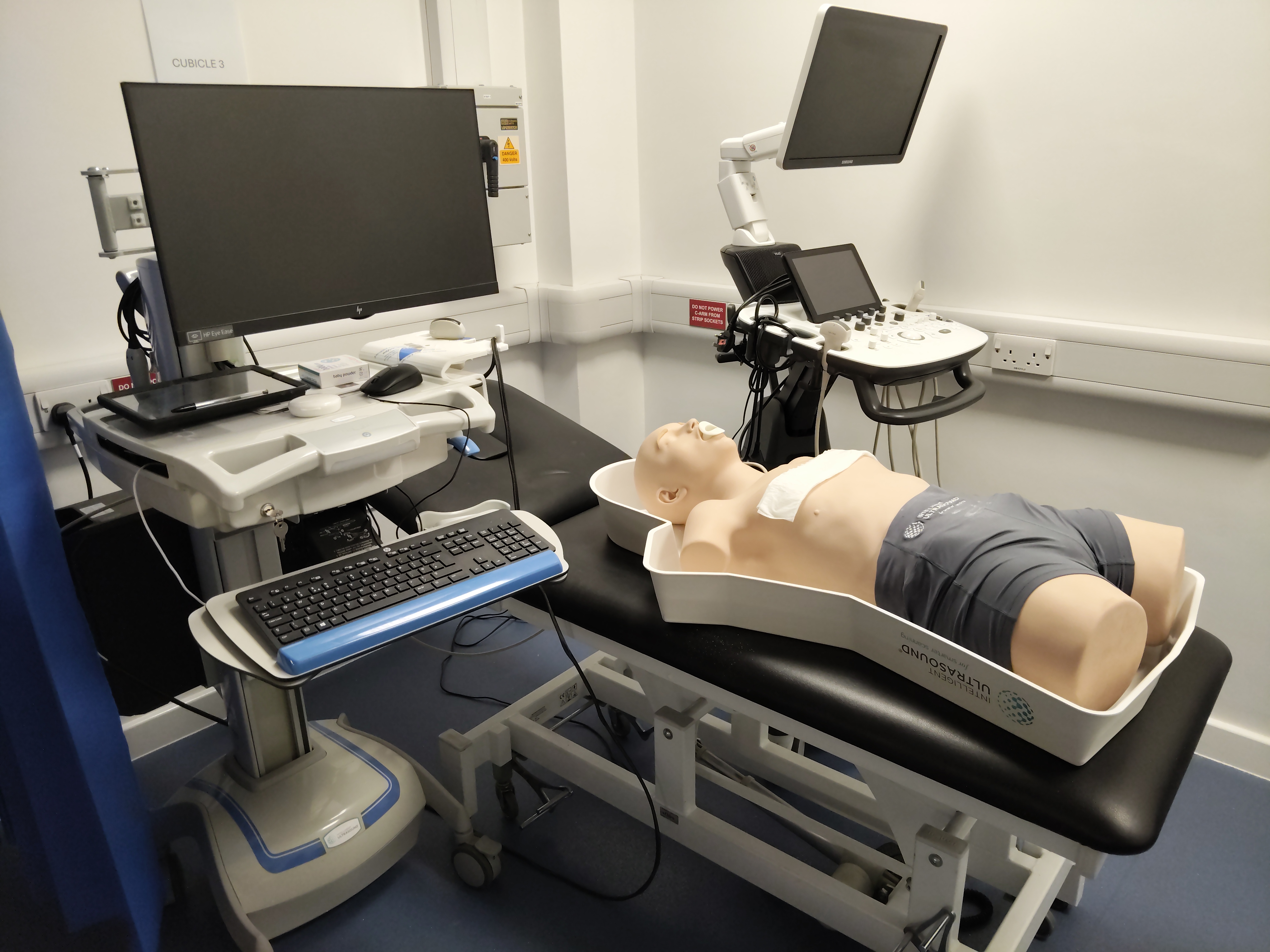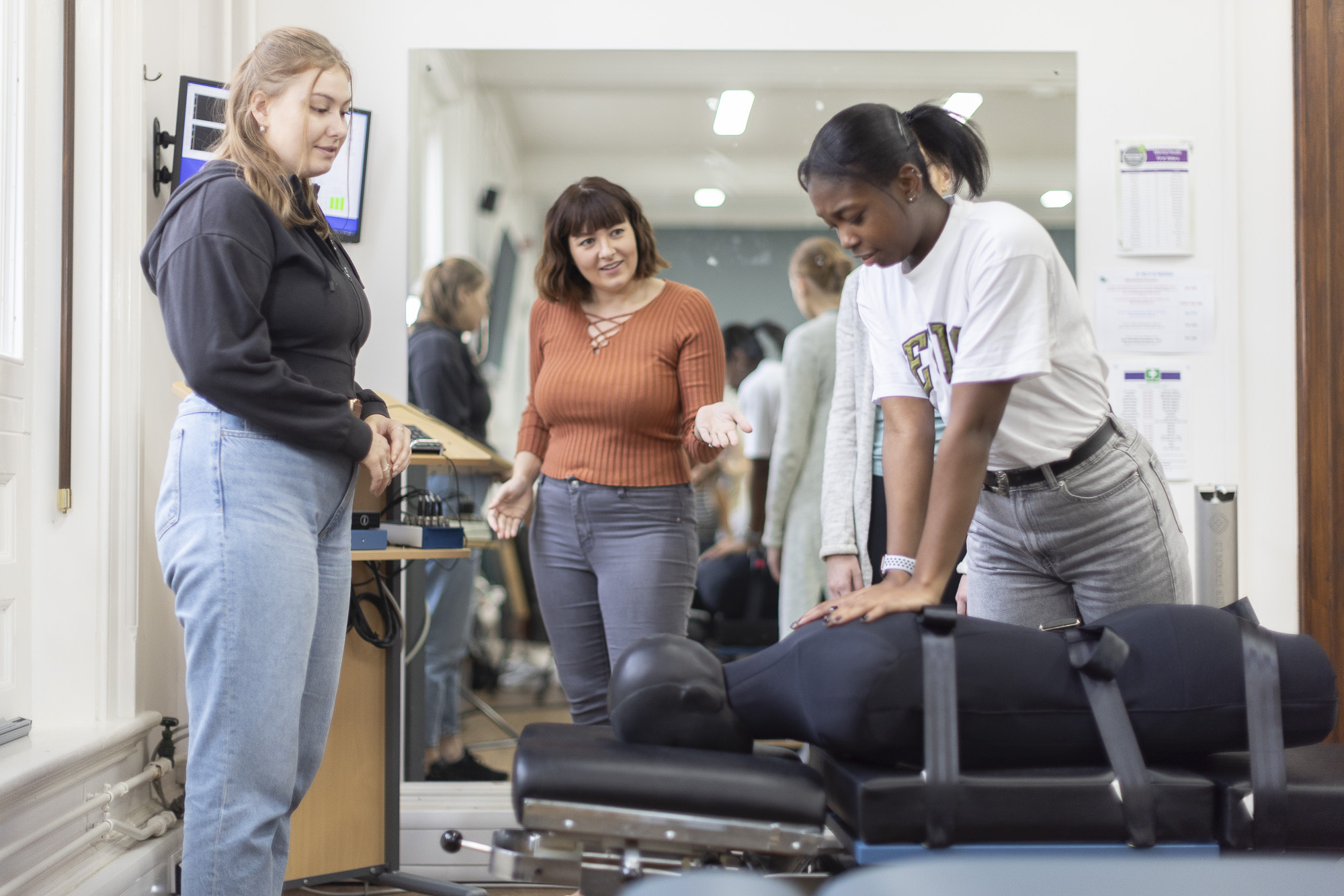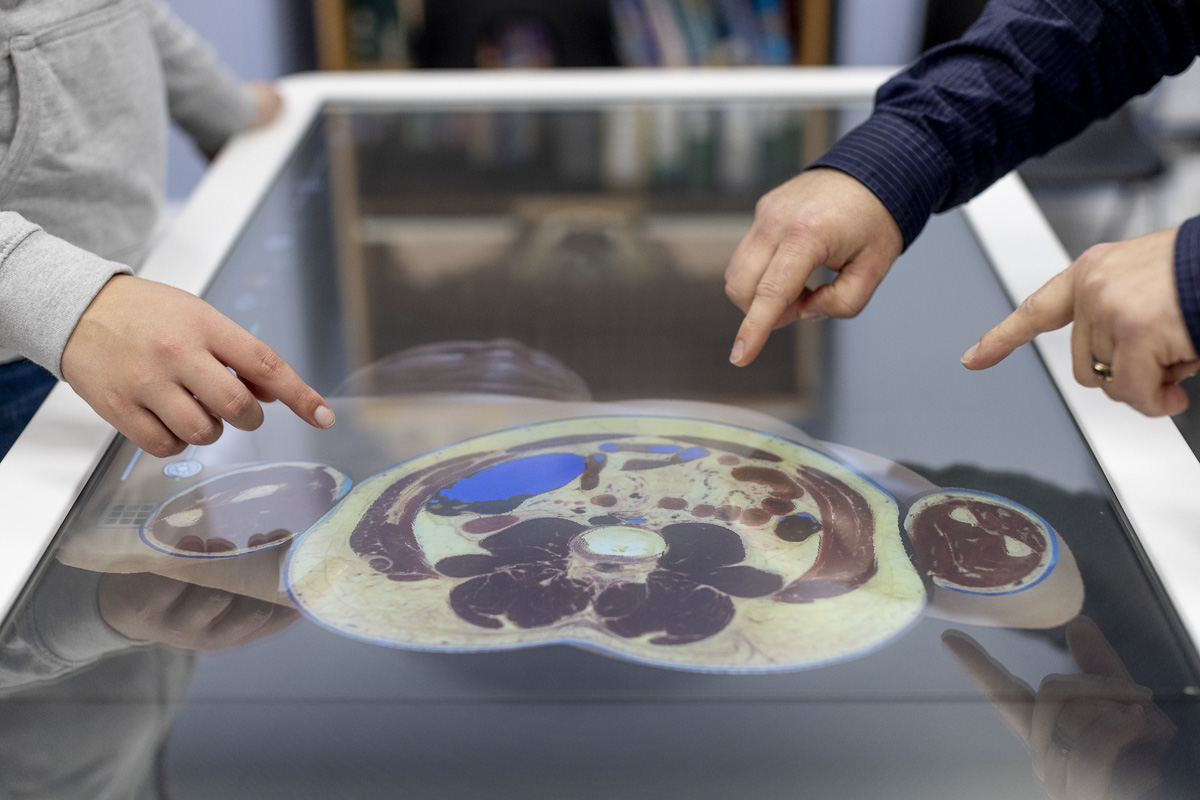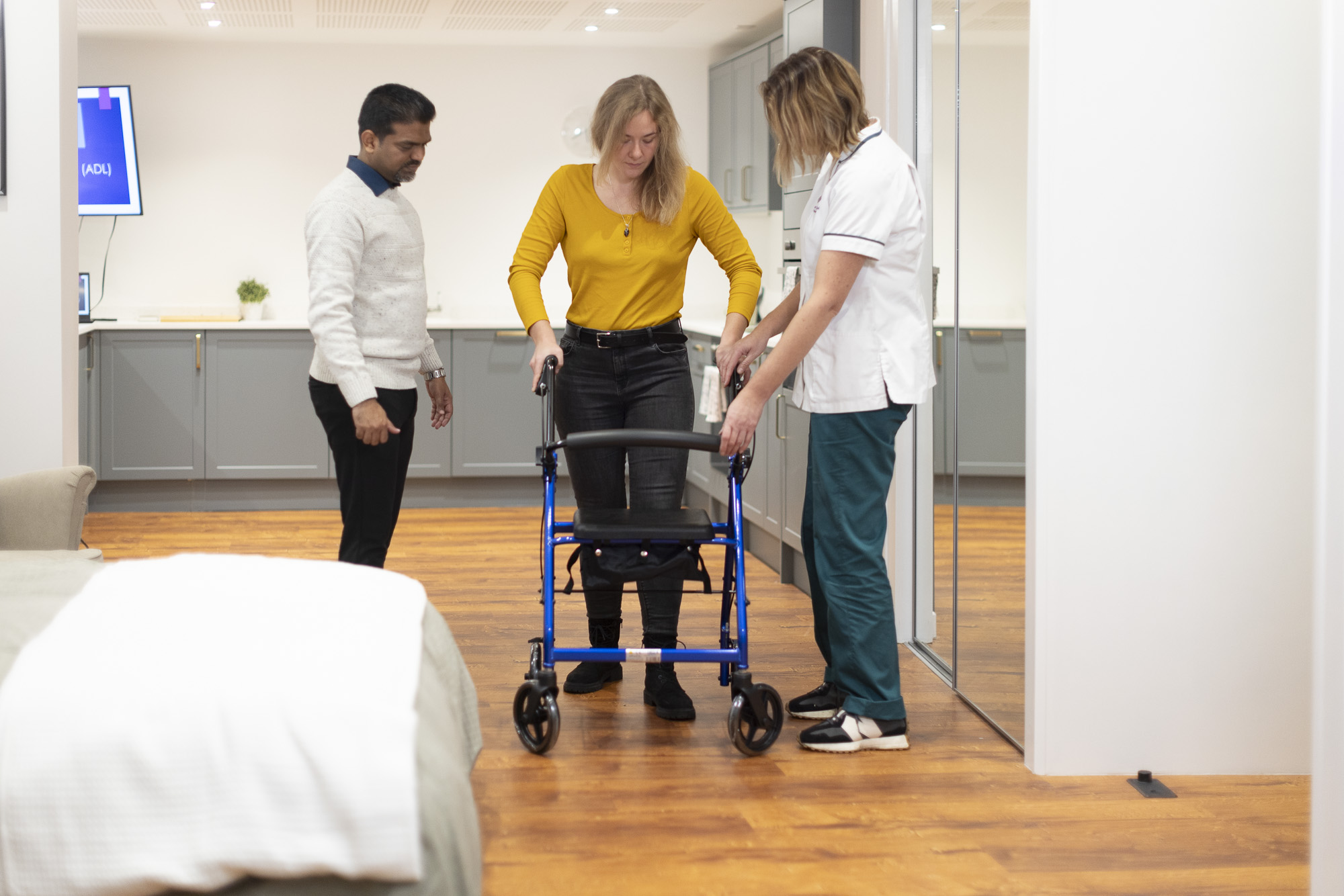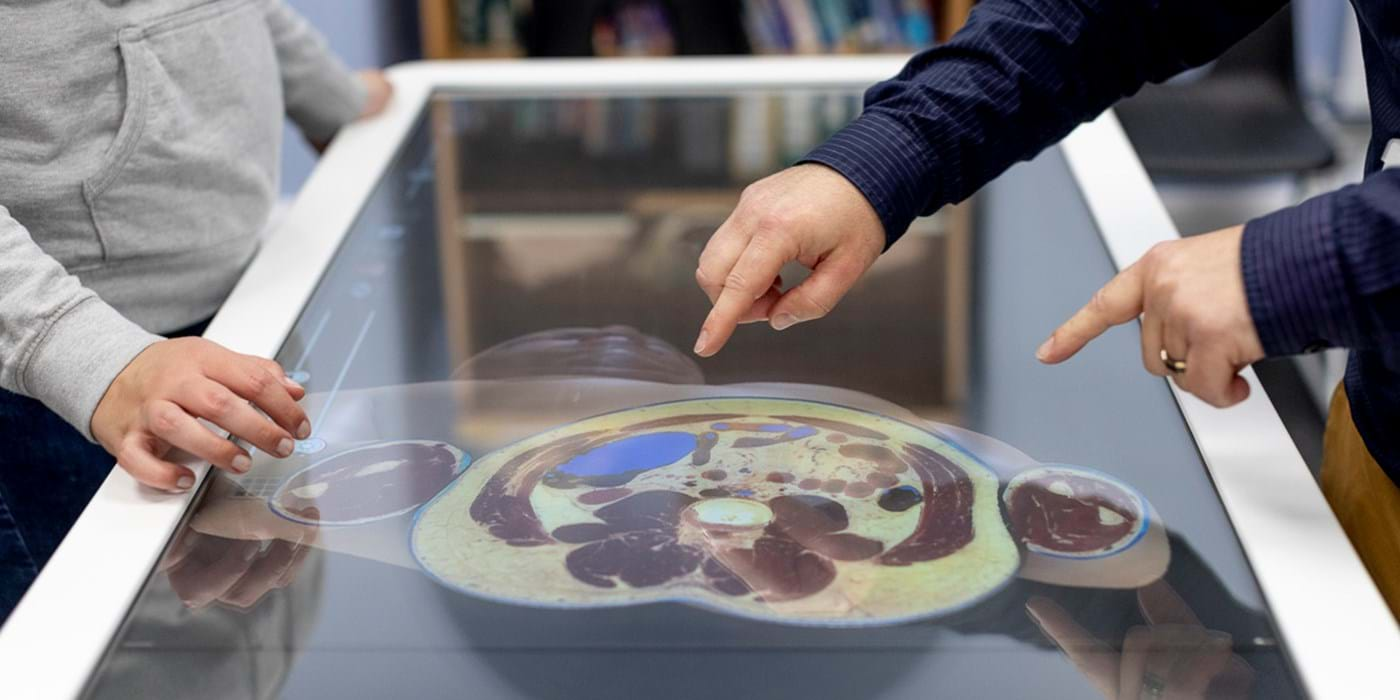How Simulated Learning Benefits Students at Health Sciences University
Gary Francis is the Head of Practice Related Learning & Simulation Lead at Health Sciences University (HSU), where he focuses on optimising the student learning experience, through practice-based learning and simulation. Gary began his career in Intensive Care Nursing at Guy’s and St. Thomas’ NHS Foundation Trust, later moving into a Practice Educator role in 2008, where he supported Nursing and Allied Health Professional (AHP) students on clinical placements. Before joining HSU, Gary spent seven years at London South Bank University, where he served as Associate Professor of Practice Skills & Simulation, establishing their Simulation Department and overseeing the skill-based elements of nursing and AHP programmes.
Gary’s expertise in simulated learning was further recognised in 2017 when he received a prestigious scholarship from the Florence Nightingale Foundation. This opportunity allowed him to explore advanced simulation practices in hospitals and universities across Australia. Holding two Masters degrees in Education and Research from London South Bank University, and a Senior Fellowship with the Higher Education Academy, Gary is passionate about advancing simulation in healthcare education. In this interview, he shares his vision for enhancing student learning and the impact of simulation-based education at HSU.
Gary Francis shares his insights on the significant role of simulation in healthcare training and its transformative impact on student learning at HSU:
Simulation-Based Education
“Learners get to apply their knowledge and tackle hands-on clinical thinking and communication skills. It’s about looking at how can we simulate different scenarios and cases to enhance the skills development of our students interprofessionally, across the courses that we offer at Health Sciences University.
“This gives students a safe space where they can practice, independently or together, make mistakes, learn from those mistakes, and enhance their skillset before they go out into practice. This protects patient safety, whilst also ensuring that our students have got strong skills and are attractive to employers.”
Creating, Optimising, and Maintaining Placement Capacity
“Practice placements are often restricted. Simulation and non-traditional practice learning opportunities can help relieve the pressure that placements can sometimes put on NHS teams, while still meeting regulatory and professional standards and providing an excellent experience for the students.”
Building Empathy
“Simulation can also be useful to help students understand what their patients might be experiencing. It might involve an empathy simulation suit, which lets students experience how it might feel to live with those conditions.
“Visual disturbance goggles can mimic conditions such as glaucoma, cataracts and tunnel vision so that students can experience what this is like, and what it’s like to be in someone else’s care when your vision is restricted.
“The more empathy students have around living with such conditions, the better understanding they will have in a real life situation.”
